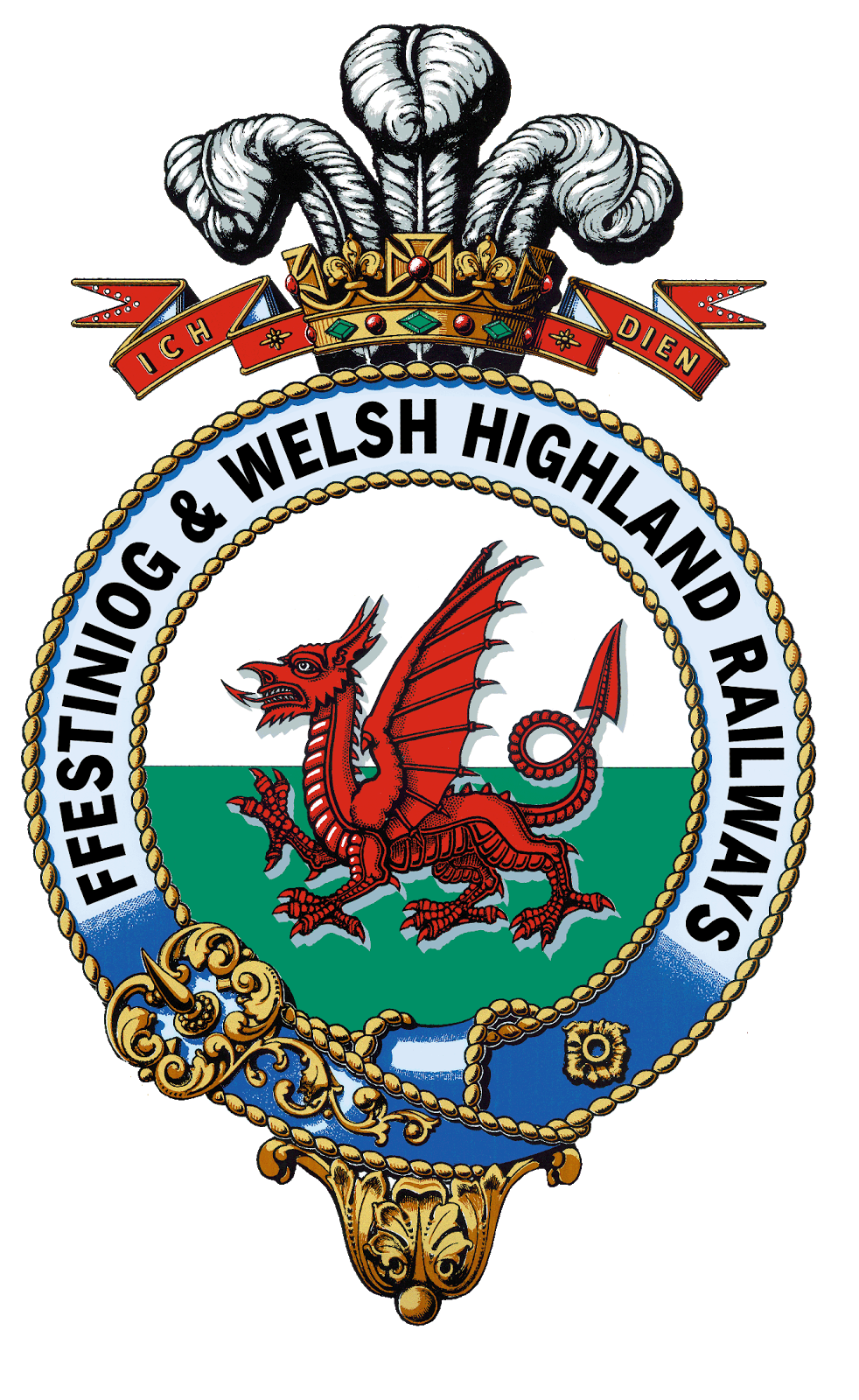I had one of those moments where I saw everything in stunning clarity the other day.
(It was probably the Mek-Pak fumes!)
I realised that for 20 years I've been doing something very silly when scratch building carriage sides.
As regular readers will know I build these up on a sheet of glass. The glass is the jam in the sandwich, if you will. I sellotape a scale drawing underneath and fabricate the carriage side on the top surface above it.
When I came to make the 7mm Observation Carr. I'm working on at the moment I needed to buy a bigger piece of glass.
For 4mm carriages I normally use a postcard sized pane these days, but for this big one I was going to need something the size of A4 paper.
I've always found the cheapest / easiest way to get hold of a piece of glass this size is to buy those cheap clip photograph frames.
Over the years, however, I've gone through quite a few of these panes of glass, mainly on account of the fact my cutting mat has seen better days and had too much solvent spilled over it and is no longer totally flat. So sometimes when I've been pressing down hard, or cutting something on the glass, the molecular structure has cried enough and cracked. Sometimes just a wee corner would detach, other times it would split in half.
I just thought it was one of the hazards of using thin glass in this way - because the thinner the better for this purpose, so you have the least distance between the drawing beneath and the model you're building on top.
Then this week came my moment of realisation.
I had just bought a clip frame. The ways these work is you un-clip the glass, put your photograph down onto the backing piece, place the glass on top and re-clip.
So why for all these years have I been sellotaping drawings onto a piece of glass when all I needed to do was slip it into the clip frame as if it was a photograph??

And the big bonus is that the frame still has its backing board clipped in place providing a flat, rigid base which supports the glass and greatly reduces the risk of it cracking while I'm using it.
Genius! Why didn't I think of it 20 years ago?????
































